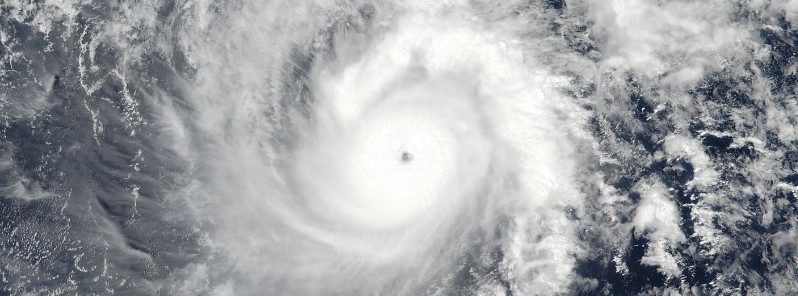OF THE
TIMES
Heaven and hell are eternal places because they are always present at the extremes of human existence, for better or for worse. People are constantly choosing between them, although they are generally not conscious of that in an articulated manner.
Yawn. Old info again rehashed, rewritten and represented. Nothing to see here.
In the beginning there were no, shrinks, shamen, philosophers, lawyers, doctors, scientists, psychologists, etc. Just man and woman and GOD and...
Good to hear a distinguished voice speak up. We all here know these shots to be safe and effective at killing and deseasing people up.
No pictures, c'mon man!!!!
Friends are friends based on mutual likes, and dislikes! Knowing and trusting them with your nearest and dearest. Many consider acquaintances...
To submit an article for publication, see our Submission Guidelines
Reader comments do not necessarily reflect the views of the volunteers, editors, and directors of SOTT.net or the Quantum Future Group.
Some icons on this site were created by: Afterglow, Aha-Soft, AntialiasFactory, artdesigner.lv, Artura, DailyOverview, Everaldo, GraphicsFuel, IconFactory, Iconka, IconShock, Icons-Land, i-love-icons, KDE-look.org, Klukeart, mugenb16, Map Icons Collection, PetshopBoxStudio, VisualPharm, wbeiruti, WebIconset
Powered by PikaJS 🐁 and In·Site
Original content © 2002-2024 by Sott.net/Signs of the Times. See: FAIR USE NOTICE

Reader Comments
to our Newsletter